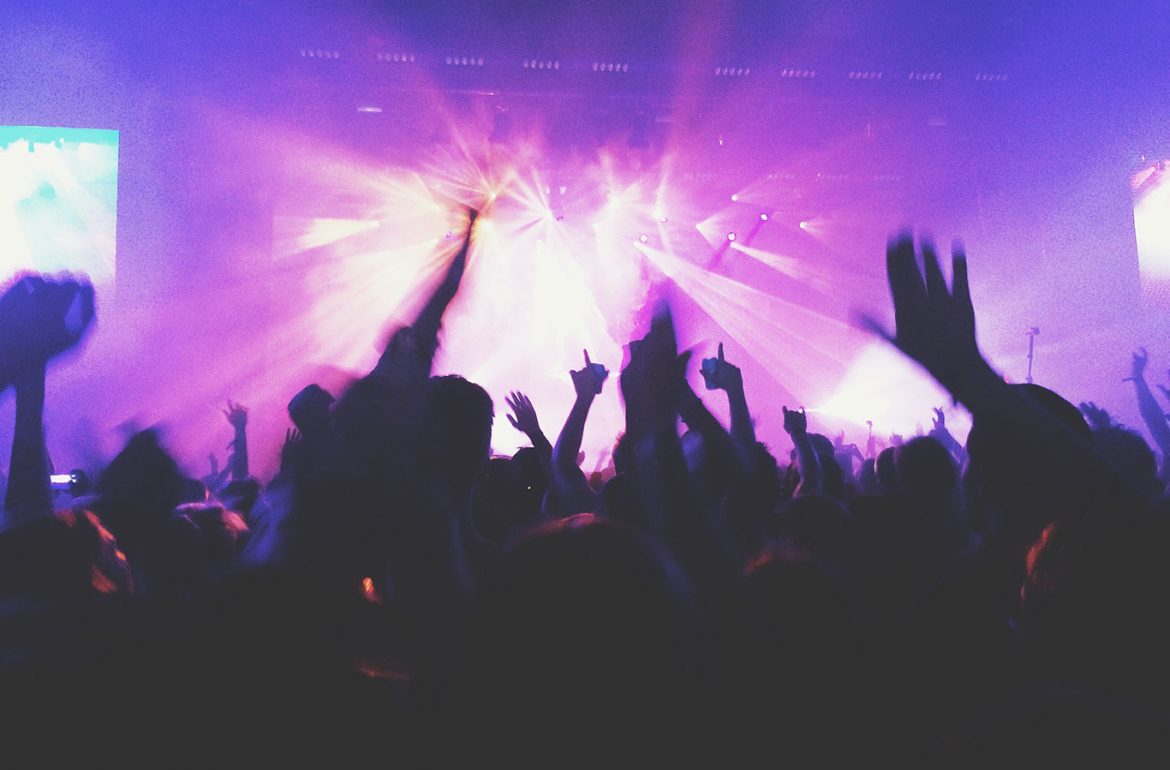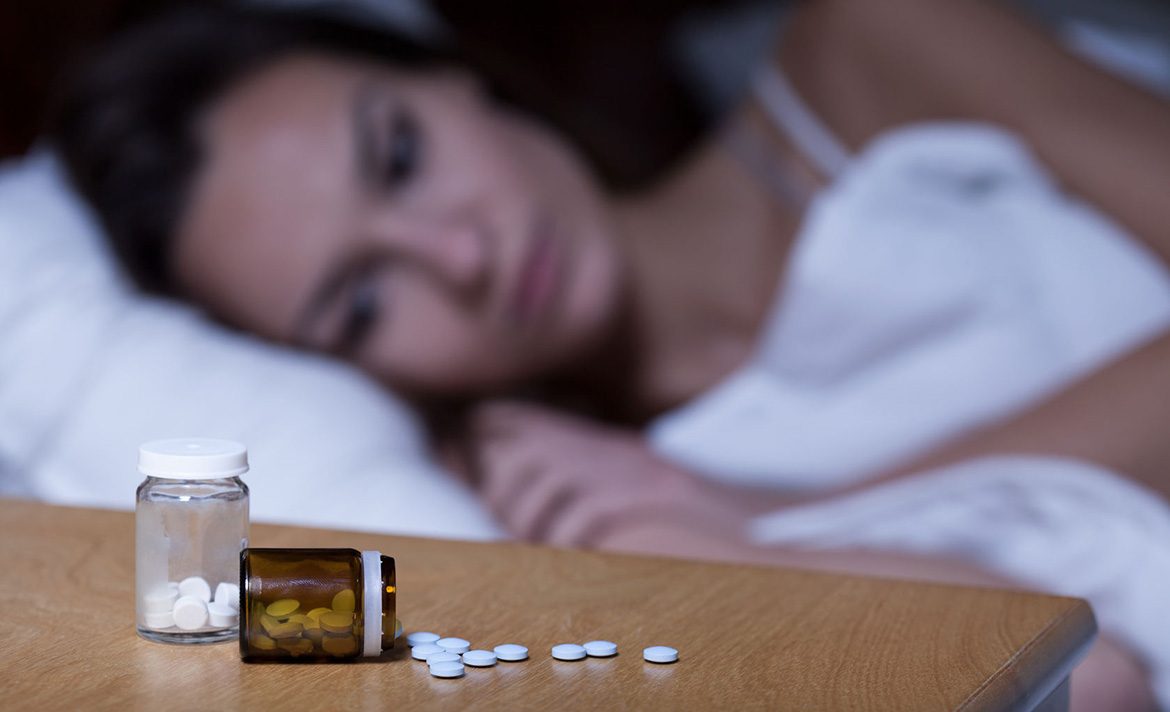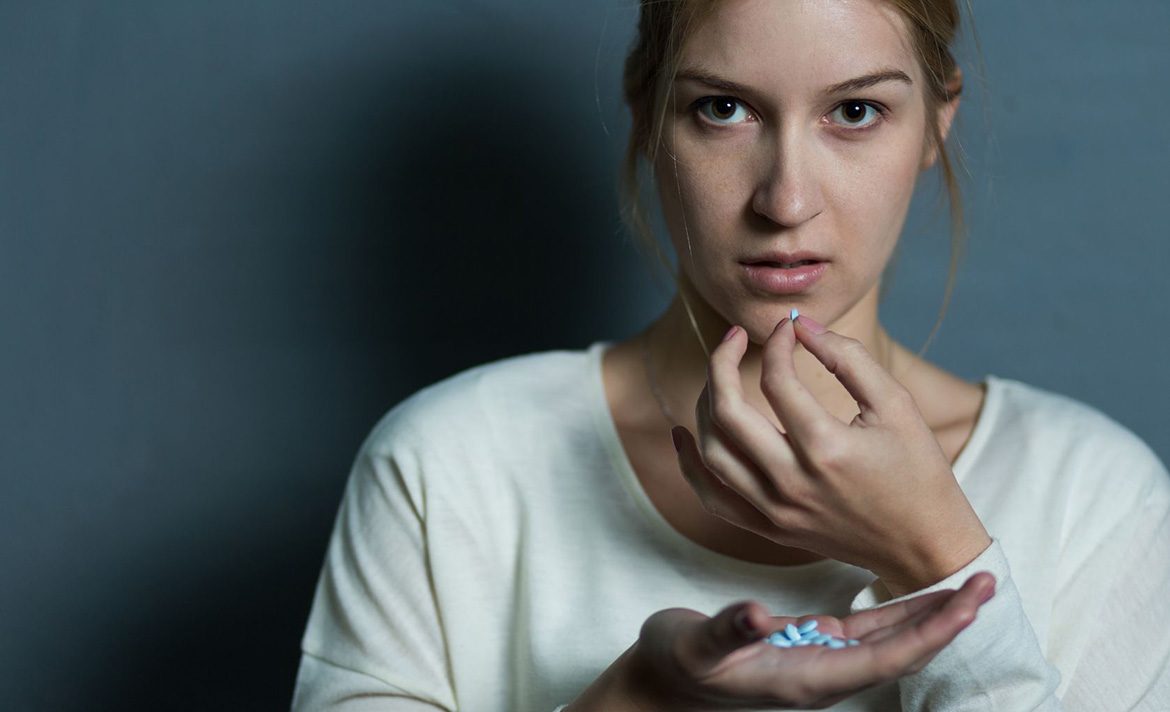
There are so many different types of drugs out there—both prescribed and illicit—that it can sometimes be difficult to keep track of them. However, it’s important to understand the different types, as this gives you a better awareness of the uses and risks associated with them. Two primary categories of drugs are stimulants (or “uppers”) and depressants (or “downers”). Here are some of the overarching differences between these upper and downer drugs:
Key Differences Between Stimulants and Depressants: Effects, Uses, and Risks
Stimulants |
Depressants |
|
Effects |
Stimulants affect the brain and body by speeding up or enhancing processes within them. They can raise blood pressure, breathing rate, cause irregular heartbeats, and create energy and provide increased feelings of alertness, hostility, or paranoia.
|
Depressants, on the other hand, slow processes down in the brain and body. They can also have psychoactive effects. Some short-term effects of depressants are: decreased blood pressure, breathing rate, pulse, sluggishness, slow brain function, poor concentration and coordination, depression, confusion, and addiction.
|
Uses |
Illicit stimulant drugs are typically used to create feelings of a euphoric high. Prescribed stimulants come in tablets or capsules and are usually given to individuals who have ADHD, narcolepsy or depression.
|
Meanwhile, illicit depressants are usually used by those who want a slowing down effect in a drug. Prescription depressants come in multicolored tablets, capsules, or in liquid form, and are given to help with anxiety, sleep disorders, panic attacks or seizures.
|
Risks |
Stimulants can have many side effects and run several risks with overdose. These can include seizures, increased heart rate, headaches, dizziness, trouble breathing, vomiting, loss of consciousness. When abused, prescription stimulants are swallowed, injected in liquid form or crushed and snorted. | Risks associated with depressants include slowed breathing, limp body, pale skin, vomiting, unresponsiveness or unconsciousness. Withdrawal symptoms can be life-threatening and include: insomnia, weakness and nausea. Agitation, high body temperature, delirium, hallucinations and convulsions can occur for continual and high-dose users. Depressants can also increase the risk of high blood sugar, diabetes, and weight gain. |
 “Tolerance, physical dependence and addiction potential often accompany extended use of stimulants or depressants. Tolerance refers to needing greater doses of the drug to get the same effect. With physical dependence, the drug has to be taken regularly to avoid symptoms of withdrawal. Tolerance, dependence and addiction can lead to drug abuse. Both illicit and prescription drugs can be abused.”
“Tolerance, physical dependence and addiction potential often accompany extended use of stimulants or depressants. Tolerance refers to needing greater doses of the drug to get the same effect. With physical dependence, the drug has to be taken regularly to avoid symptoms of withdrawal. Tolerance, dependence and addiction can lead to drug abuse. Both illicit and prescription drugs can be abused.”
It is important to raise awareness and be educated about the effects, uses, and risks of stimulants and depressants. One easy step in this direction is learning both prescription brand names and street drug names of stimulants and depressants. With this knowledge, parents can be aware if their teens are abusing these drugs and help them get appropriate treatment.
Some stimulant examples include amphetamines (ie: Adderall), methylphenidate (ie: Ritalin) caffeine, nicotine or illicit drugs such as cocaine or MDMA. The most commonly used stimulants are cocaine and amphetamines. Some stimulant brand and street names are:
Stimulants Brand Names
- Adderall
- Ritalin
- Concerta
- Biphetamine
- Dexedrine
Stimulants Street Names
- R-ball
- Skippy
- The smart drug
- Vitamin R
- JIF
- Kibbles and bits
- Speed
- Truck drivers
- Bennies
- Black beauties
- Crosses
- Hearts
- LA turnaround
- Uppers
 Some depressant examples include alcohol, barbiturates, benzodiazepines (ie: Valium, Xanax, Ativan), sleep medications, inhalants or illicit drugs such as GHB. Also known as a “date rape drug,” GHB is often given to unsuspecting people in abusive situations.
Some depressant examples include alcohol, barbiturates, benzodiazepines (ie: Valium, Xanax, Ativan), sleep medications, inhalants or illicit drugs such as GHB. Also known as a “date rape drug,” GHB is often given to unsuspecting people in abusive situations.
Some depressants are known as “major tranquilizers” or “antipsychotics,” such as Zyprexa, Seroquel and Haldol, and are supposed to reduce the symptoms of mental illness.
Other depressants known as “benzos” are benzodiazepines, such as Xanax, Klonopin, Halcion and Librium, are tranquilizers that relax muscles and calm mental excitement.
Depressants known as barbiturates are used as sedatives and sleeping pills, such as Amytal, Numbutal and Seconal.
 Some of the well-known brand and street names are:
Some of the well-known brand and street names are:
Depressants Brand Names
- Xanax
- Valium
- ProSom
- Klonopin
- Halcion
- Librium
- Ativan
- Klonopin
- Amytal
- Nembutal
- Mebaral
- Seconal
- Phenobarbital
Depressants Street Names
- Phennies
- Barbs
- Candy
- Downers
- Phennies
- Reds
- Red Birds
- Sleeping pills
- Tooies
- Tranks
- Yellows
- Yellow Jackets
- Zombie pills
Although there are several differences between stimulants and depressants in their effects, uses, and risks, both stimulants and depressants can be life-threatening and dangerous when abused. If you, your teen, or someone you know is abusing stimulants or depressants, help them get the help and treatment they need to keep safe and healthy.


